Optimal Timing for Shiplap Installation
Choosing the optimal time for shiplap installations depends on various environmental and seasonal factors. Proper timing can influence the quality and durability of the installation, ensuring the material adheres correctly and remains in good condition over time.
Dry and moderate weather during spring and fall provides ideal conditions for shiplap installation, reducing the risk of moisture-related issues.
Temperatures between 50°F and 85°F are optimal for installation, preventing expansion or contraction of the wood and adhesive materials.
Low humidity periods help prevent warping and swelling, ensuring a smooth and secure fit of the shiplap panels.
Late spring and early fall often offer longer daylight hours, facilitating efficient project completion.
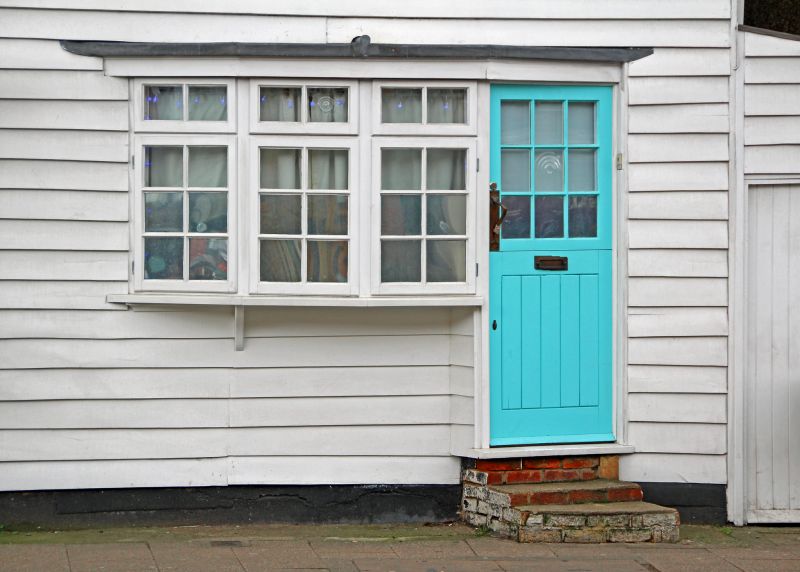
Spring offers moderate temperatures and lower humidity, ideal for precise installation.
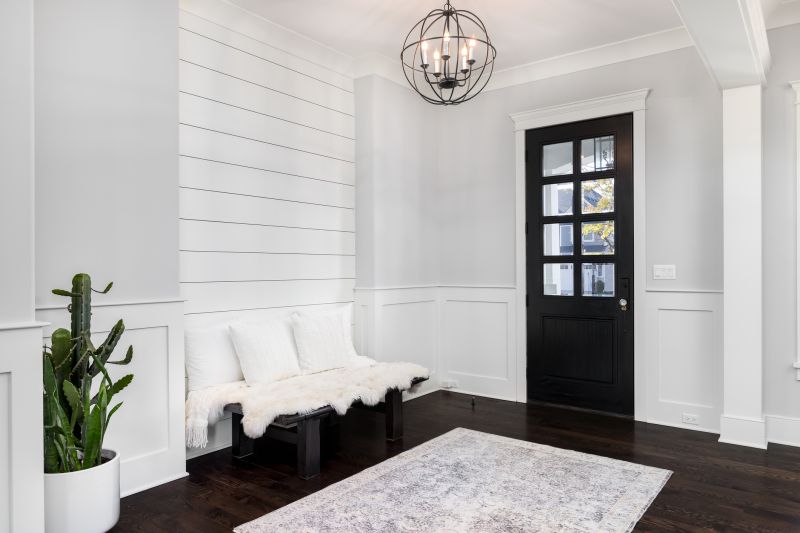
Hot and humid conditions can complicate installation, requiring additional precautions.
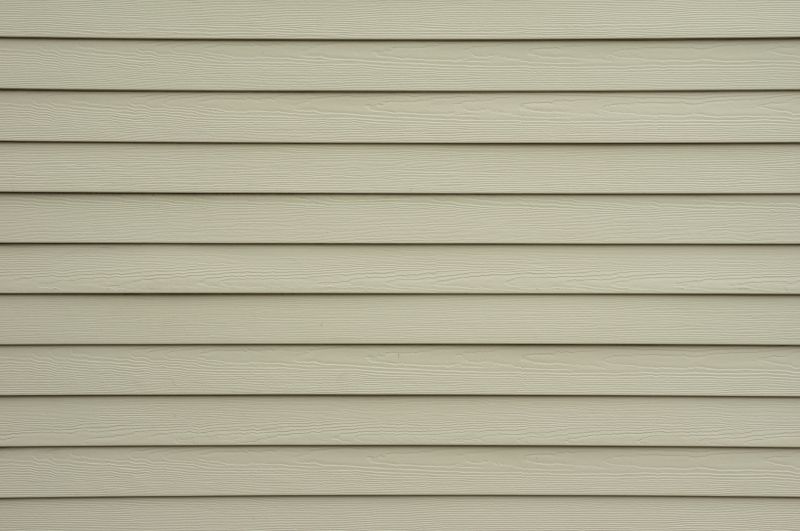
Fall provides cool, dry weather conducive to durable and long-lasting installation.
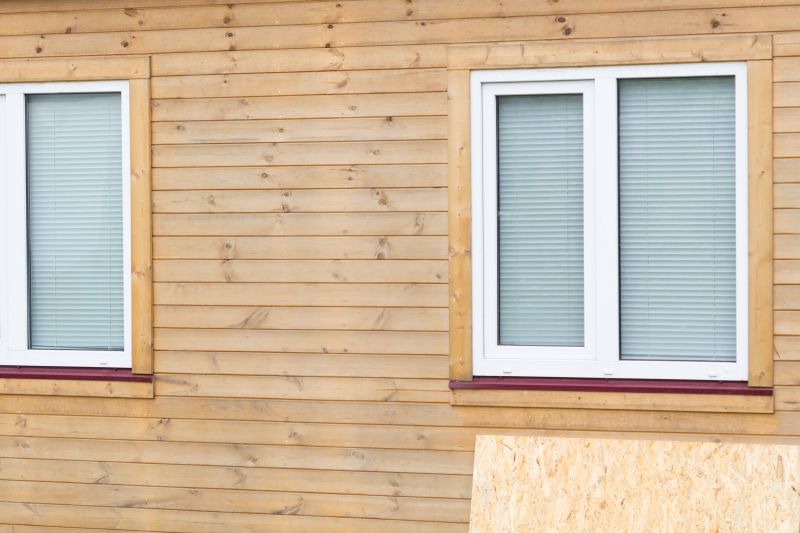
Ways to make Shiplap Installations work in tight or awkward layouts.
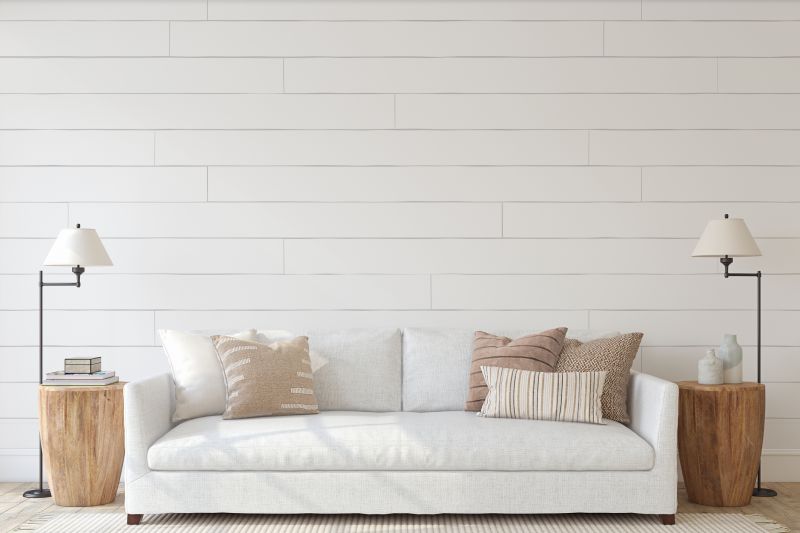
Popular materials for Shiplap Installations and why they hold up over time.
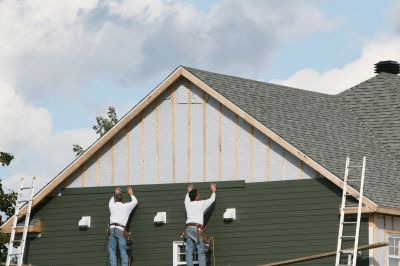
Simple add-ons that improve Shiplap Installations without blowing the budget.
Shiplap installations involve attaching horizontal wooden boards with interlocking edges to interior or exterior walls. This method enhances aesthetic appeal and adds texture to a space. Proper preparation, including selecting the right season, is crucial for achieving a seamless appearance and ensuring longevity. The material's natural properties require specific environmental conditions to prevent issues such as warping, cracking, or detachment over time.
| Season | Optimal Conditions |
|---|---|
| Spring | Moderate temperatures, low humidity, minimal rain |
| Summer | High temperatures, high humidity, risk of expansion |
| Fall | Cool, dry weather, ideal for installation |
| Winter | Cold temperatures and moisture can hinder proper adhesion |
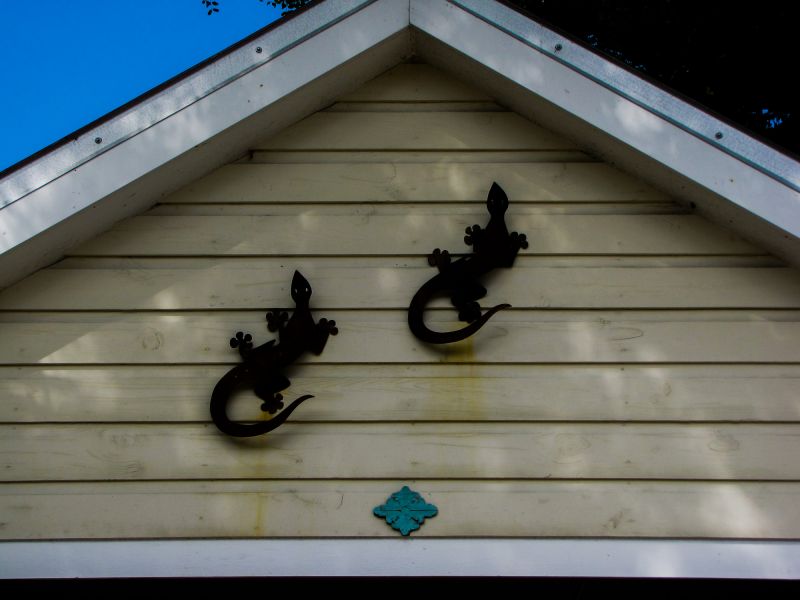
Spring's moderate conditions support effective installation and curing.
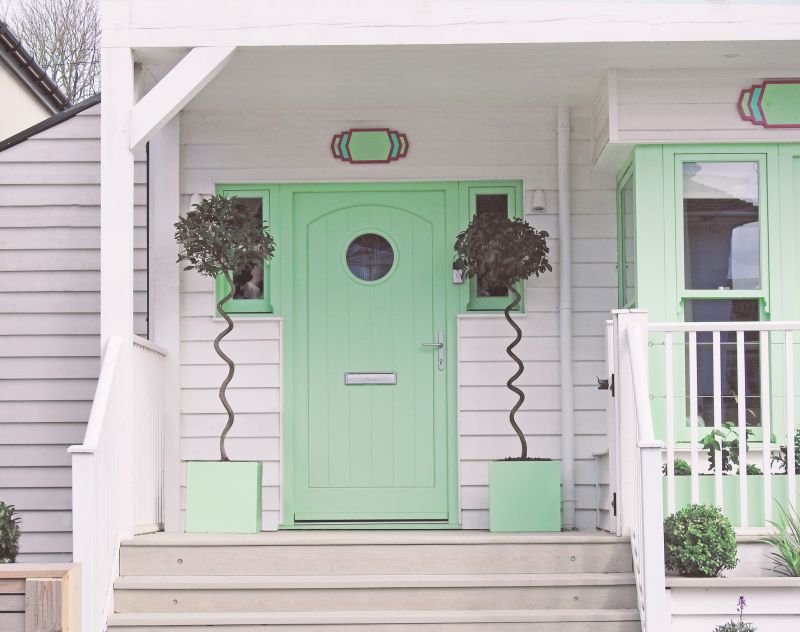
Autumn's dry air helps prevent moisture issues and warping.
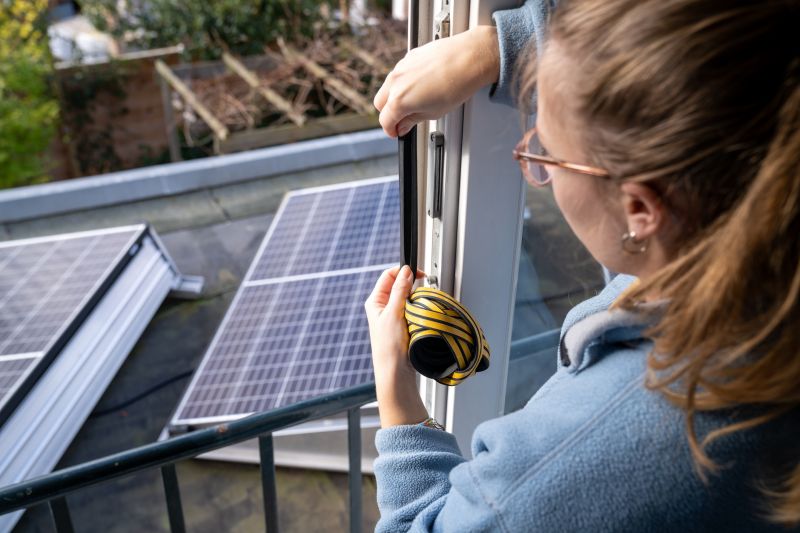
High heat and humidity may require additional measures for success.
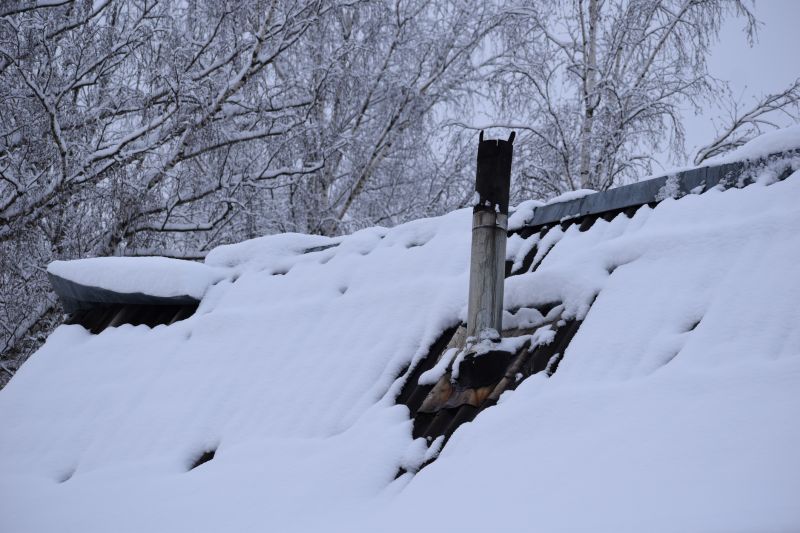
Cold and damp conditions generally delay or complicate installation.
Timing shiplap installations during favorable weather minimizes potential problems and enhances the final appearance. Proper planning around seasonal patterns ensures the material remains stable and secure. Regular monitoring of weather forecasts can aid in selecting the best window for installation projects.
Interested in scheduling a shiplap installation? Fill out the contact form to receive more information and assistance.
